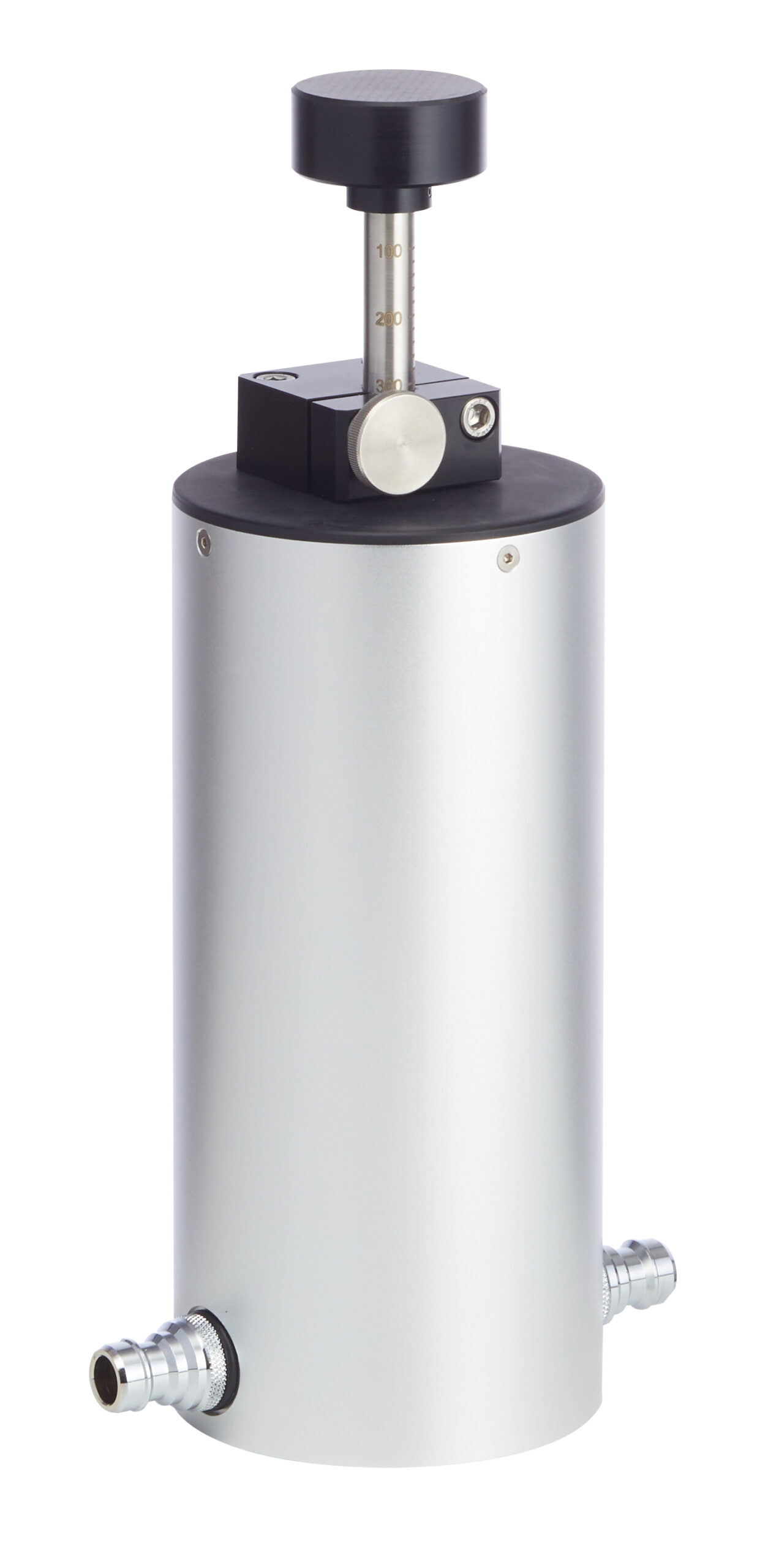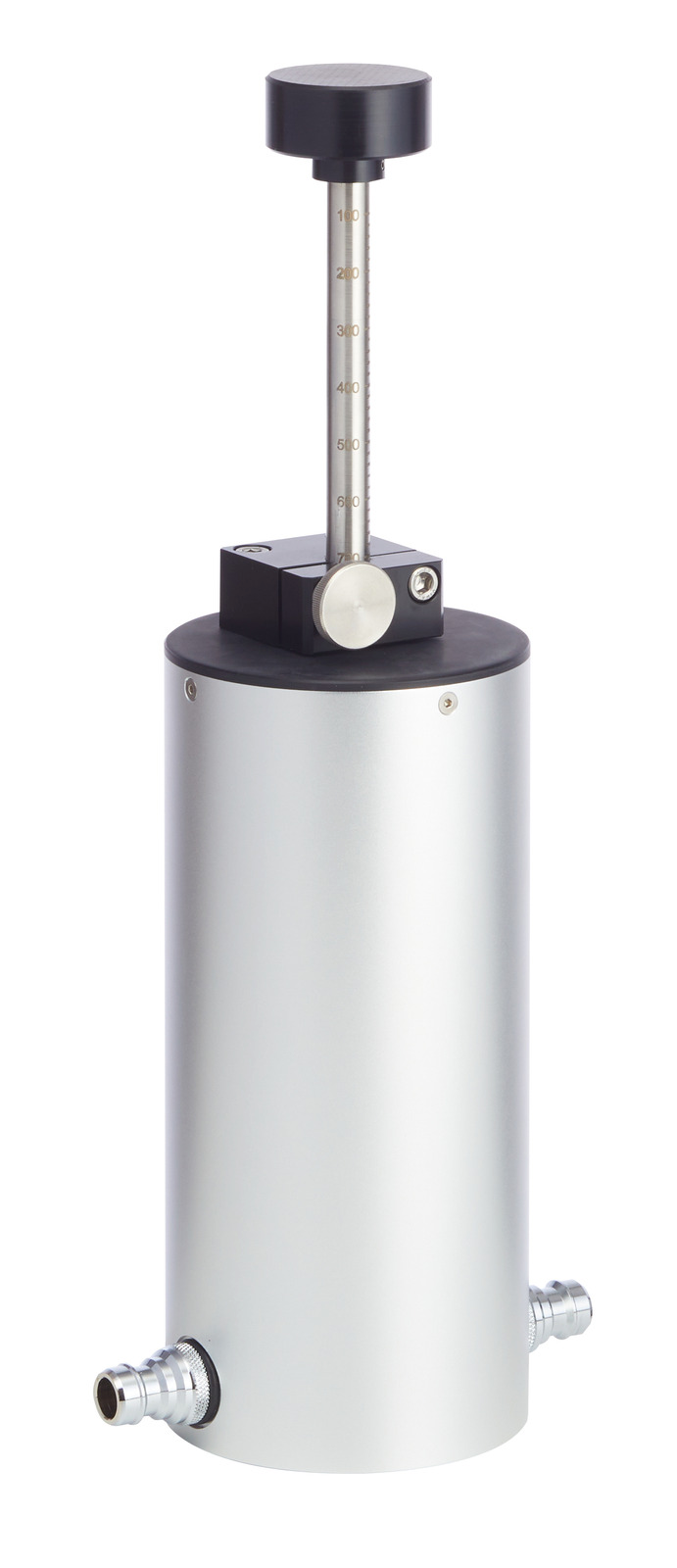
The Volume and Resistance Compensator (VRC) enables analysts to match the flow resistance and flow rate rise-time profiles between a full resolution impactor and its abbreviated counterpart to ensure comparable conditions for aerosol generation, supporting improved equivalence in aerodynamic particle sizing measurements.
Suitable for use with all types of abbreviated impactors
Easily adjustable for different set ups
Ensures parity between test methods, improving data comparability
Designed using Copley expertise
VRC: Improving Full Resolution and Abbreviated Impactor Data Parity
Differences in total volume and flow resistance between a full resolution cascade impactor and its abbreviated counterpart is known to cause variability in the flow rate rise-time profiles between the two test set-ups. This difference reduces parity between test conditions, especially for passive, dry powder inhalers (DPIs) where start-up kinetics can be important.
Connecting inline between a critical flow controller and an abbreviated impactor, the VRC is a robust easy-to-use tool that allows users to refine flow rate rise time profiles for AIM apparatus to ensure comparable conditions for aerosol generation.

相关服务













